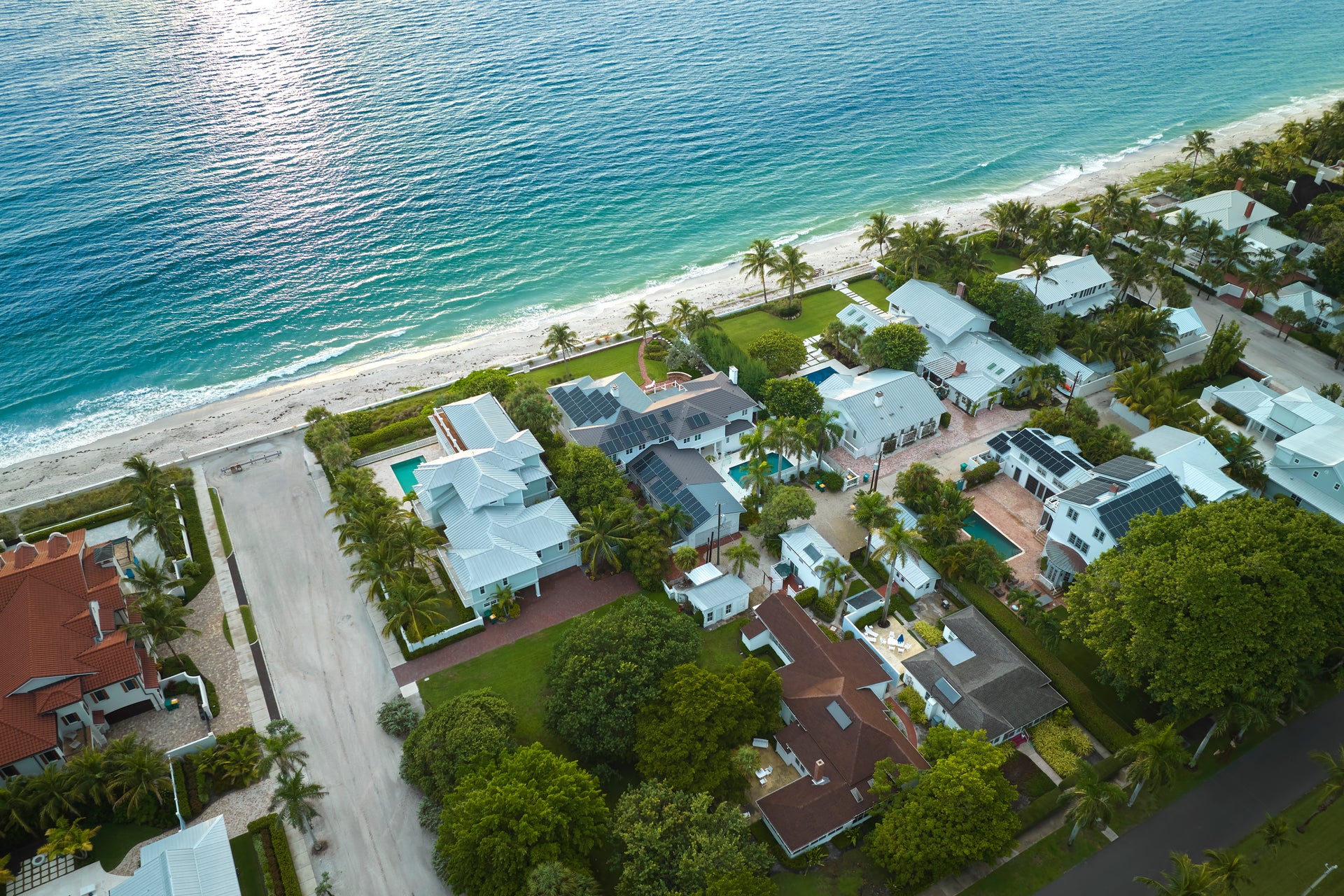Chart of the Month — December 2024
Across the U.S., 33,000 homes are facing an unprecedented triple threat: year-round extreme risk from three natural disasters. These “triple-threat” homes represent thousands of at-risk families and brings the relationship between accelerating natural disasters, underinsurance, and geographic vulnerabilities into sharp relief.
CoreLogic looked across the U.S. to identify the single-family homes exposed to a combination of the following perils: hurricane wind, wildfire, inland flood, severe convective storm, and severe winter storm. The peril combinations paint a surprising picture.
Extreme-risk homes are spread across 20 metropolitan areas, and these homes have a current risk score that is greater or equal to 71 for three separate perils. While the number of affected properties may seem small compared to national totals, the risk is staggering. The convergence of these perils—whether it’s a hurricane season followed by wildfire or inland floods heightened by winter storms—creates a relentless cycle of exposure.
As natural hazard risk exposure increases, the question of insurance remains top of mind.
Last year, some insurers elected to no longer write new policies in California. In October, Hurricane Helene highlighted the insurance gap that exists for flood. Flood insurance is a particular concern since flood damage isn’t covered under standard homeowners’ policies. Despite the escalating risk of home inundation, flood insurance adoption remains alarmingly low, leaving homeowners vulnerable to catastrophic losses.
As cities across the country look ahead, knowing exactly what properties are at risk and where is essential to building long-term resilience.
- Miami has the most homes exposed to extreme levels of risk for three separate perils. The city’s exposure to hurricane winds and rising floodwaters, combined with the creeping threat of wildfire, underscores a year-round vulnerability to natural hazards.
- Ellensburg, Washington is tied with Snyder, Texas for the highest percentage of total homes in an area that are extremely vulnerable to three types of natural catastrophes. Washington state’s vulnerability demonstrates that wildfire and flood risks are reaching further north.
- Hurricane wind, wildfire, and inland flood is the most common combination of perils, amplifying the urgency for multi-peril awareness as cities look toward creating resilient communities.
The research for these insights was done as a collaboration between CoreLogic Chief Scientist Howard Botts, Principal Data Scientist Tanya Havlicek, and Vice President of R&D Product Marketing, Innovation Anand Srinivasan.
©2024 CoreLogic, Inc. All rights reserved. The CoreLogic content and information in this blog post may not be reproduced or used in any form without express accreditation to CoreLogic as the source of the content. While all of the content and information in this blog post is believed to be accurate, the content and information is provided “as is” with no guarantee, representation, or warranty, express or implied, of any kind including but not limited to as to the merchantability, non-infringement of intellectual property rights, completeness, accuracy, applicability, or fitness, in connection with the content or information or the products referenced and assumes no responsibility or liability whatsoever for the content or information or the products referenced or any reliance thereon. CoreLogic® and the CoreLogic logo are the trademarks of CoreLogic, Inc. or its affiliates or subsidiaries. Other trade names or trademarks referenced are the property of their respective owners.


